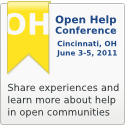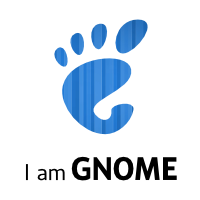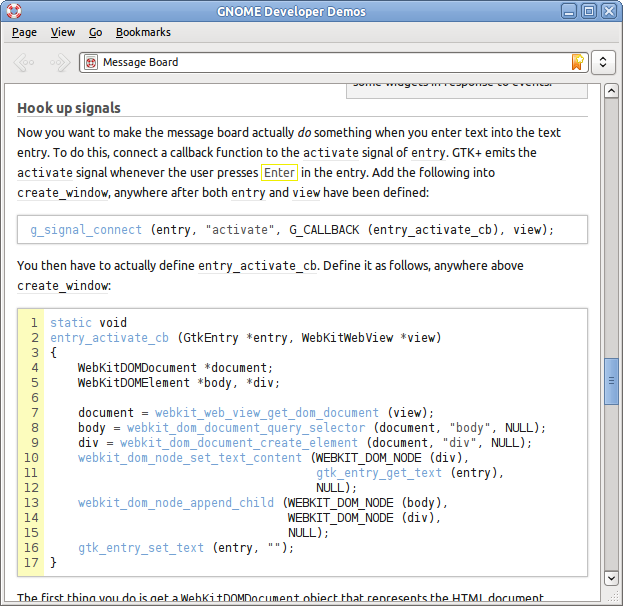Over the last year or so, I’ve been restructuring the various bits of code that have traditionally been Yelp and gnome-doc-utils. The reusable XSLT stylesheets used by Yelp now live in yelp-xsl. I’ve worked on itstool as a successor to xml2po. And now yelp-tools holds some really handy command-line tools for Mallard and DocBook, plus some simple build magic for autotools projects.
I think hardly anybody knows about the tools in yelp-tools. Let’s fix that.
yelp-new lets you create a new Mallard page file from a template. If you want to use the “task” template (shipped with yelp-tools), to create a page with the ID ducksinarow, do this:
yelp-new task ducksinarow
Or, give it a title straight away
yelp-new task ducksinarow "Put your ducks in a row"
You can create your own templates by giving them the extension .page.tmpl. yelp-new picks up both installed templates and templates in the current directory. It substitutes variables surrounded by @. This should look familiar to people who’ve used autoconf. The easiest way to create a new template is by basing it on an existing template with the –tmpl option, like so:
yelp-new --tmpl task my-new-task
yelp-build allows you to build output formats from Mallard or DocBook files. Currently, it can create HTML or XHTML, Mallard cache files, and EPUB. EPUB only works for Mallard right now. Create HTML for some Mallard page files:
yelp-build html *.page
You can even create your own XSLT customizations. You’ll need to learn the templates and modes used by yelp-xsl. (It’s pretty well commented with a home-brewed XSLT documentation system I made.) yelp-build lets you pass a customization with the -x option. The nice part is that your XSLT doesn’t have to xsl:import anything, so you don’t have to worry about the correct file path. When you pass a file with -x, yelp-build automatically creates a new stylesheet that imports yelp-xsl and includes your customization.
yelp-build html -x my-customization.xsl *.page
Finally, yelp-check is full of handy routines that help you keep track of your work while you write. You can check to make sure all xref attributes point to valid IDs:
yelp-check links *.page
You can check which pages can’t be reached by topic links from the index page:
yelp-check orphans *.page
You can get a report of the revision status of all your page files:
yelp-check status *.page
The status subcommand takes options to let you specify version, docversion, and pkgversion attributes to match against, provide an upper or lower cutoff date, restrict the output to only a few status markers, or just print totals. See the –help output for details.
Finally, you can validate your document against a schema:
yelp-check validate *.page
The validate subcommand implements dynamic schemas with the Mallard version attribute, allowing you to do stricter validation when using extensions like conditional processing, faceted navigation, or glossary indexes.
What else would you find useful?





